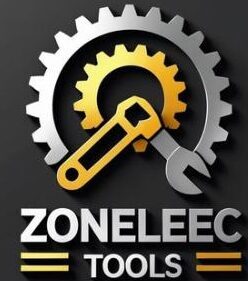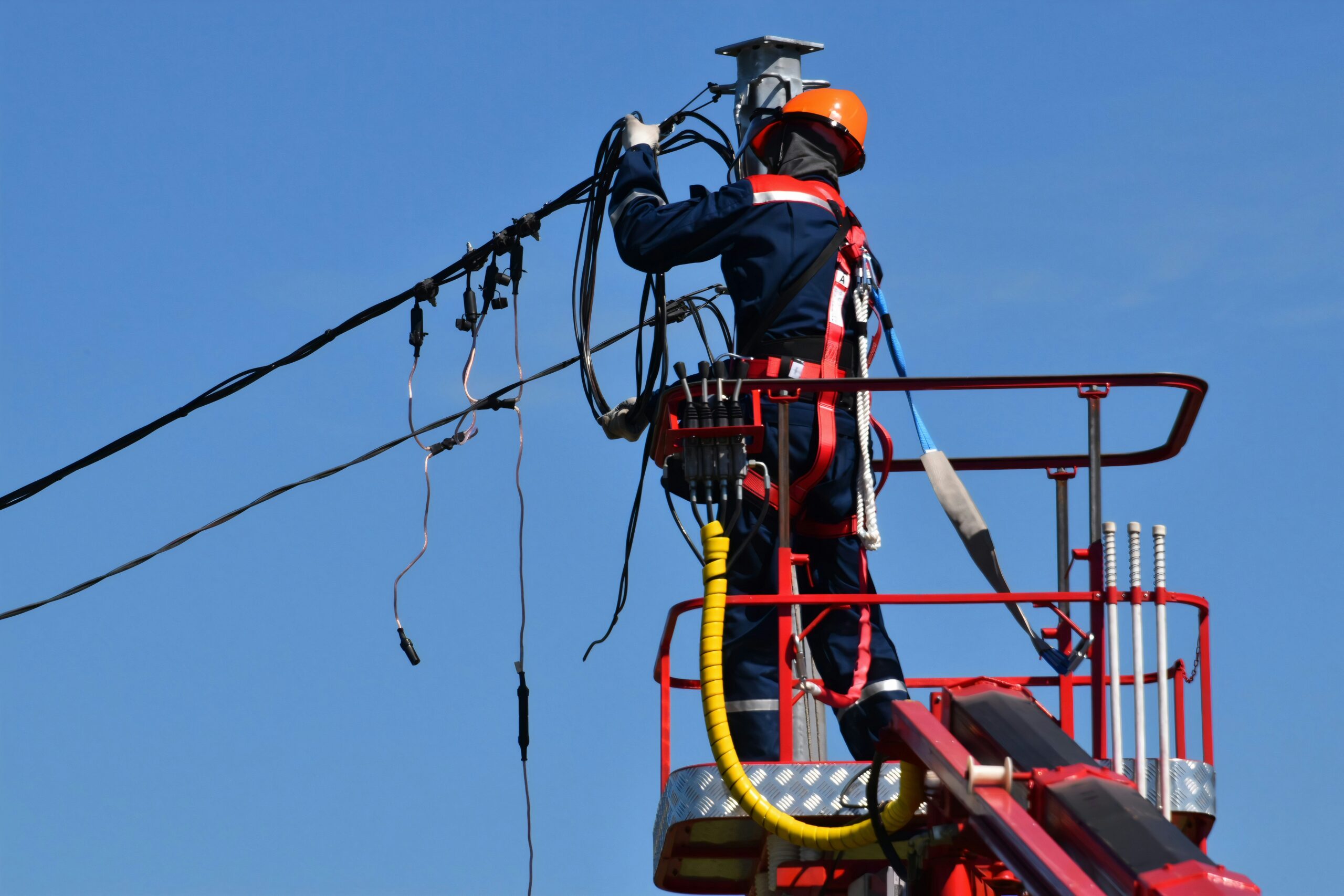Distribution Systems Explained: Key Differences Between Transmission and Distribution You Need to Know
Power at Your Fingertips – But What’s Behind the Switch?
You flip on a light, and the room floods with brightness. You charge your phone, power up your laptop, maybe even brew a fresh cup of coffee—all without a second thought.
But have you ever paused to ask: How does electricity actually get to your home?
There’s an entire network—often invisible to the eye—that makes it happen. You’re connected to a system that spans mountains, cities, substations, and underground cables. It’s called the electrical power system, and it’s divided into two critical parts: transmission and distribution systems.
Understanding how these systems differ isn’t just for engineers. It can help you make informed energy decisions, improve safety awareness, and even spark curiosity about how the grid supports your everyday life.
Table of Contents
What Are Electrical Power Systems?
Before diving into the differences, let’s quickly understand how electrical power flows from generation to consumption. The entire journey can be broken down into three stages:
- Generation – Where electricity is produced (power plants, solar farms, etc.)
- Transmission – High-voltage bulk movement of electricity across large distances
- Distribution – Delivery of usable electricity to homes, businesses, and facilities
Your house doesn’t get electricity straight from the power plant. It’s passed through this well-orchestrated system where transmission lines carry it across regions, and distribution networks bring it to your door.
Let’s dive into each one more closely.
What Is a Transmission System?
Think of transmission systems as the highways of electricity. Their job is to carry huge amounts of power from generation stations to regional substations with minimal energy loss.
Key Features of Transmission Systems:
- High Voltage: Operates typically between 110kV and 765kV, reducing current and minimizing power loss
- Long Distances: Moves electricity across hundreds of kilometers or even between countries
- Massive Infrastructure: Utilizes tall towers, steel conductors, insulators, and massive substations
- Specialized Equipment: Requires power transformers, circuit breakers, and synchronizers
Transmission systems are the muscle of the grid, keeping regions and cities powered through bulk electricity movement.
What Is a Distribution System?
Once electricity reaches a substation near your area, it needs to be stepped down in voltage and distributed locally. This is where distribution systems come in.
You can think of them as the city roads and alleys of the power network. They’re responsible for bringing electricity directly to your home, shop, or office.
Characteristics of Distribution Systems:
- Lower Voltage Levels: Usually ranges from 230V to 33kV
- Shorter Distances: Covers neighborhoods, business parks, campuses, or industrial zones
- Visible Infrastructure: Includes poles, transformers, meters, underground cabling
- End-User Interface: This is where you interact with the grid — your breaker box, your meter, your panel
Distribution systems prioritize safety, accessibility, and reliability, since they directly serve users like you.
Transmission vs. Distribution: What Really Sets Them Apart?
The lines between these two systems might seem blurred from the outside, but under the hood, they’re engineered very differently.
Let’s compare them side by side.
Side-by-Side Comparison Table
| Feature | Transmission System | Distribution System |
|---|---|---|
| Voltage Range | 110kV – 765kV | 230V – 33kV |
| Distance | 100+ km | Few km to end-user |
| Purpose | Bulk electricity movement | Local electricity delivery |
| Infrastructure | Towers, HV conductors, substations | Poles, transformers, meters |
| Power Loss | Lower due to high voltage | Higher due to proximity branching |
| Maintenance Complexity | High — specialized teams required | Moderate — regional utility access |
| User Access | No direct access | End-user connections, meters |
You’ll likely never touch a transmission line, but you deal with the distribution system every day—knowingly or not.
Key Differences Broken Down for You
Let’s take a deeper look into what makes these systems distinct.
1. Voltage Levels
- Transmission uses high voltage to reduce power loss over long distances.
- Distribution steps voltage down for safe end-user consumption.
2. Physical Distance
- Transmission spans hundreds of kilometers, sometimes crossing countries.
- Distribution networks are local, ranging from a few meters to a few kilometers.
3. Infrastructure Scale
- Transmission systems use steel towers and large insulators.
- Distribution uses poles, pad-mounted transformers, and switchgear.
4. Energy Loss and Efficiency
- High voltage = lower current = less energy loss in transmission.
- Distribution systems face higher energy loss, especially in older grids.
5. Safety and Maintenance
- Transmission maintenance is highly specialized due to voltage.
- Distribution systems are easier to inspect and repair but still pose risks.
How This Affects You – Real-World Relevance
You may wonder why this matters if all you want is your light to turn on. But understanding these differences gives you:
- Cost awareness: Some electricity tariffs are influenced by transmission and distribution charges.
- Energy efficiency knowledge: You can reduce your energy loss if you know where it happens most.
- Smart grid insights: New tech (like solar panels or smart meters) often interacts with the distribution network, not transmission.
Whether you’re a DIY electrician, energy-conscious homeowner, or just someone curious about how power gets to your plug, this understanding empowers you.
Tools Used in Each System
Transmission Tools:
- Line stringing machines
- Hydraulic presses
- High-voltage testers
- SCADA systems
Distribution Tools:
- Clamp meters
- Multimeters
- Insulation testers
- Crimping tools
- Cable fault locators
Common Questions (FAQ Section) – “Distribution Systems” Focused
Q1: What is the primary difference between transmission and distribution systems?
The main difference lies in voltage and purpose: transmission carries electricity over long distances at high voltage, while distribution delivers it locally at lower voltages to homes and businesses.
Q2: Why are distribution systems important for consumers?
They directly deliver power to your appliances, ensuring safety, reliability, and accessibility. Without distribution systems, you’d have no power at all.
Q3: Can I install a solar panel into the transmission system?
No, solar panels connect to the distribution grid. Only large-scale solar farms feed into transmission systems.
Q4: What happens if there’s a failure in a distribution system?
Power outages in your area, flickering lights, and safety hazards can occur. Utilities respond faster to distribution faults than transmission ones due to accessibility.
Q5: How do smart meters affect distribution systems?
They enable real-time monitoring, improve billing accuracy, and enhance fault detection within local grids.

